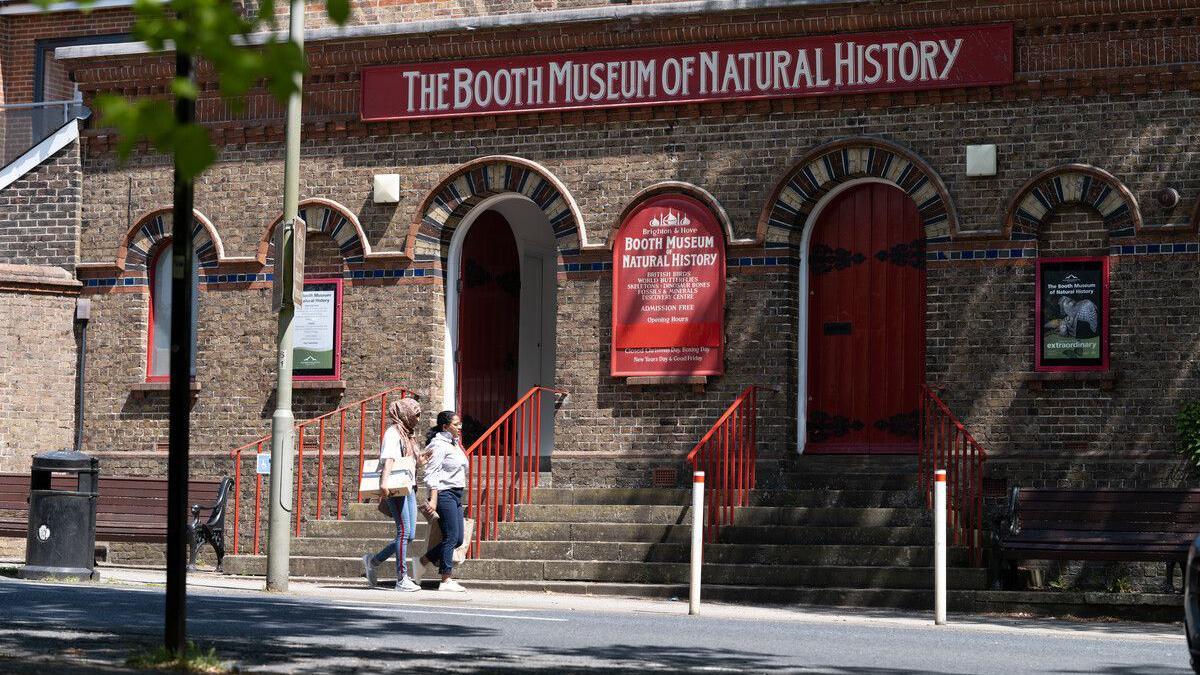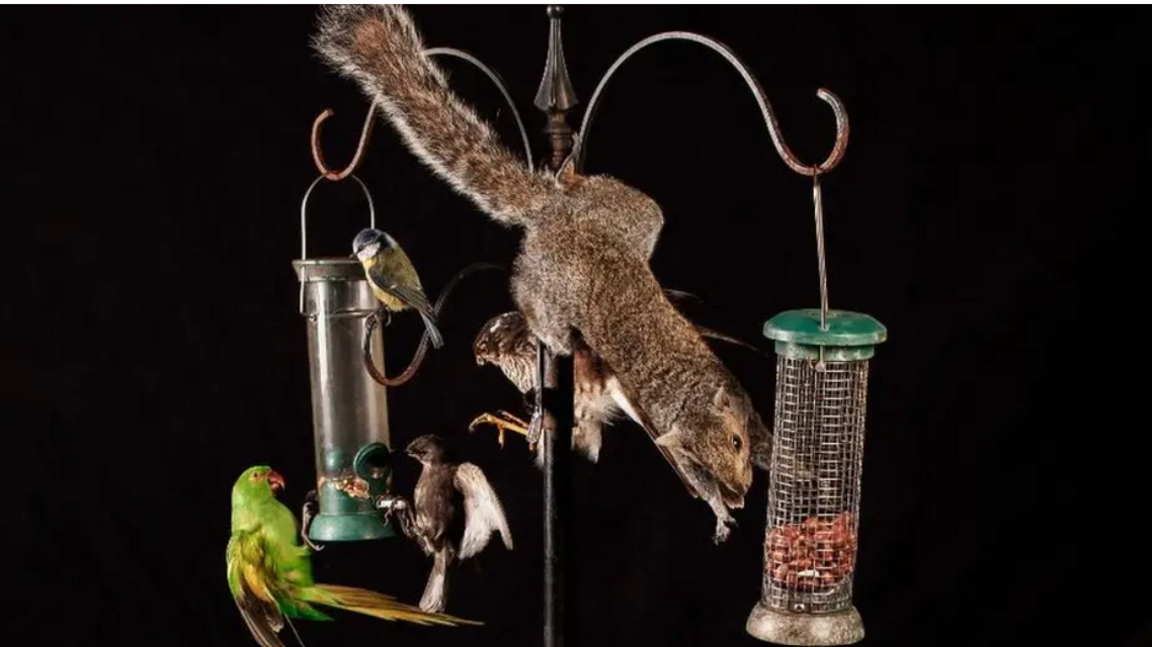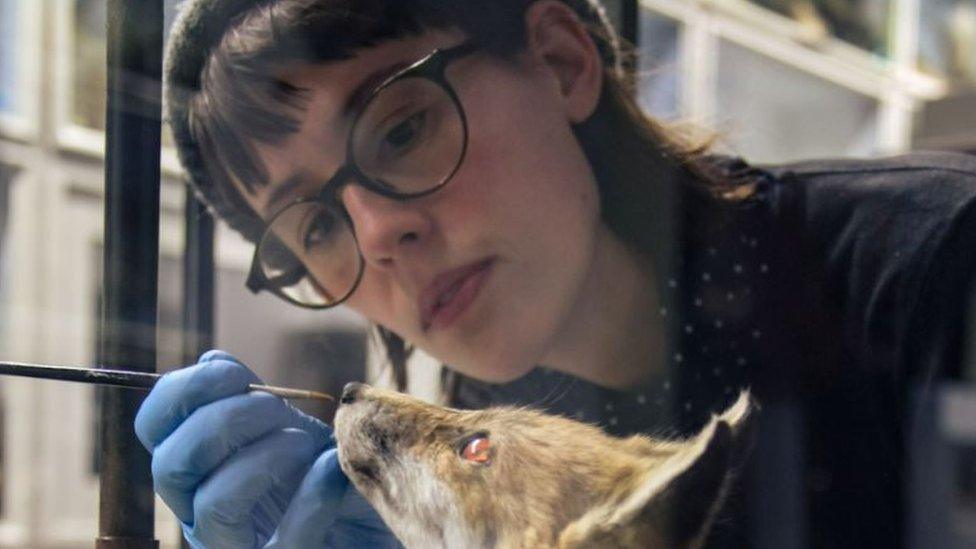Popular natural history museum closes for upgrades

The Booth Museum has a collection of more than 525,000 specimens
- Published
A popular natural history museum in Brighton is to be closed for 12 months for essential improvements.
The Booth Museum, which is overseen by Brighton & Hove Museums, will be closed from Sunday as part of plans to improve its collections and infrastructure.
The museum has more than 600,000 specimens, including insects, minerals, fossils and dinosaur bones.
Hedley Swain, chief executive of Brighton & Hove Museums, said: "The Booth Museum is a cherished institution, but it needs vital improvements to safeguard its collections and create a more engaging visitor experience."
He said: "This temporary closure will allow us to make much-needed upgrades."

The Booth Museum was founded in 1874 by naturalist Edward Thomas Booth
During the closure, the museum says it will tackle collection management challenges, improve storage conditions, alarm system, and fire safety.
It adds many of its collections are stored in now out-dated cabinets and packaging, and it is working to ensure the items are protected for future generations.
The Booth will open for monthly special event days which will offer behind-the-scenes access for visitors to explore previously unseen collections.
It will also continue with as many pre-booked school events as possible, the museum said.
History of the Booth Museum
The museum was founded in 1874 by naturalist Edward Thomas Booth. It began as a collection of more than 300 dioramas showcasing British birds in their natural habitats.
During the Victorian era, people were passionate about natural history and Booth's particular interest was ornithology - the study of birds.
In 1971, the Booth became a Museum of Natural History. It is now home to a collection of 525,000 insects, 50,000 minerals and rocks, 30,000 plants and 5,000 microscope slides.
Some of its oldest specimens include shells from the bottom of a 55-million-year-old Mediterranean lagoon.
Follow BBC Sussex on Facebook, external, on X, external, and on Instagram, external. Send your story ideas to southeasttoday@bbc.co.uk, external or WhatsApp us on 08081 002250.
- Published29 January 2024
